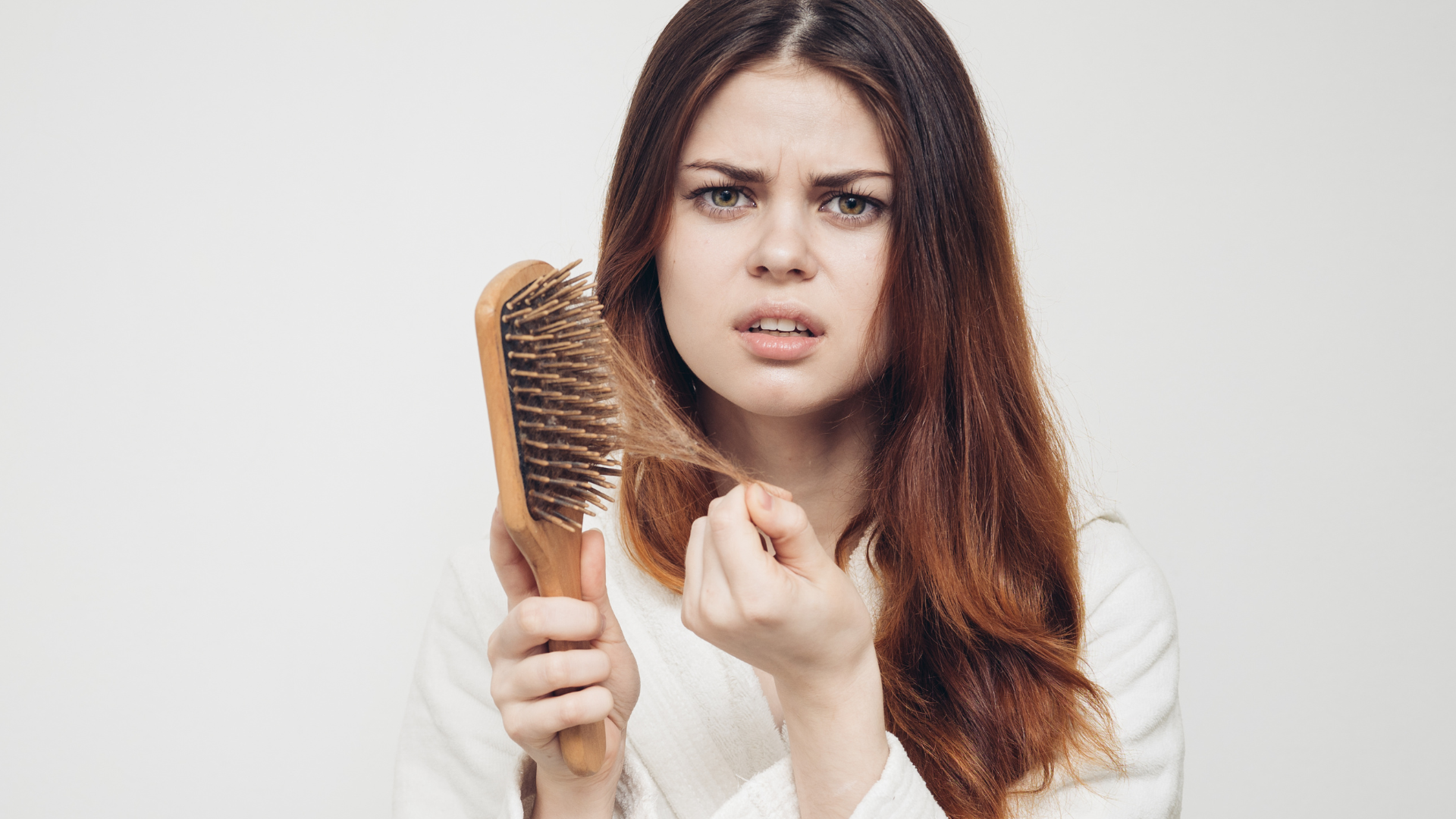Minoxidil & Red Light: Better Together?
This article explores what happens when two proven treatments—LED light and topical minoxidil—are used in combination. Drawing on clinical studies, we compare outcomes from standalone LED therapy to dual-treatment protocols, where results often show faster regrowth and higher hair density. We also explain how the two approaches work on different biological pathways—and what to consider when layering them into a single routine.

For decades, minoxidil has been the over-the-counter mainstay of hair loss treatment. And in recent years, red light therapy has emerged as one of the most compelling non-invasive interventions available. But what happens when the two are used in tandem?
Emerging studies suggest that combining topical minoxidil with red LED light therapy may yield faster, fuller results than using either approach alone. The key lies in their distinct biological mechanisms—each targeting a different part of the hair growth cycle, yet complementary in their action.
How Minoxidil Works
Minoxidil is a vasodilator, originally developed as an oral blood pressure medication. When applied topically to the scalp, it is believed to:
· Dilate capillaries in the dermal papilla, improving blood flow to the follicle
· Activate potassium channels, which prolong the anagen (growth) phase of the hair cycle
· Stimulate proliferation of dermal papilla cells, potentially improving hair follicle size and lifespan
Its effects, while well-studied, tend to be gradual. Most users require 3–6 months of consistent use before visible results, and its mechanism relies heavily on adequate blood flow and follicle responsiveness.
How Red LED Therapy Works
Red light therapy, on the other hand, takes a bioenergetic approach. Using wavelengths typically between 630 and 680 nm, red light penetrates the scalp to reach the base of the follicle. Its primary mechanism is photobiomodulation—the stimulation of mitochondrial activity through light absorption, particularly in the enzyme cytochrome c oxidase.
This enhances ATP production, which gives the follicle more cellular energy to fuel growth, repair, and protein synthesis. It also helps reduce oxidative stress and may extend the duration of the anagen phase, much like minoxidil—but through a different route.
What Happens When They’re Combined?
Several recent trials have explored what happens when these two treatments are layered. The standout findings:
· Faster onset of regrowth: Participants using both red light and minoxidil often saw visible improvements in as little as 8 weeks, compared to 12–16 weeks with minoxidil alone
· Higher hair density: Dual-treatment users showed greater follicle density in trichoscopic assessments—suggesting better activation of dormant follicles
· Improved strand thickness: The combination therapy appeared to support both quantity and quality of hair, likely due to increased keratinocyte activity from ATP production
Why It Works
Minoxidil improves the vascular environment—bringing more nutrients and hormones to the follicle. Red light improves the cellular environment—helping follicles convert those resources into growth. One increases supply; the other increases efficiency.
Moreover, red light therapy may counter some of the scalp dryness or irritation that users experience with long-term minoxidil use, helping to preserve barrier function and comfort.
What to Consider
Timing and sequence matter. Minoxidil should be applied after LED treatment, not before. This ensures maximum light penetration without interference from a topical layer.
Some clinicians recommend using red light in the morning and minoxidil at night to space them out and avoid irritation—but both can be used in the same session if tolerance allows.
Missed sessions, poor technique, or inadequate treatment time will blunt results.
Conclusion: Smarter, Not Just More
Combining minoxidil and red light therapy doesn’t just mean doing more—it means doing better. By addressing hair loss from two angles—vascular and cellular—you may unlock results that neither treatment can offer on its own.
For clients with early-stage androgenetic alopecia, this dual approach could represent a new gold standard in at-home regrowth routines. As always, tailoring the method to the person is key—but this is one combination worth considering.




